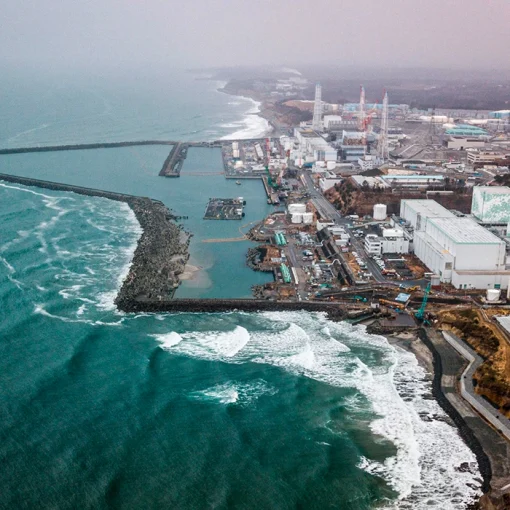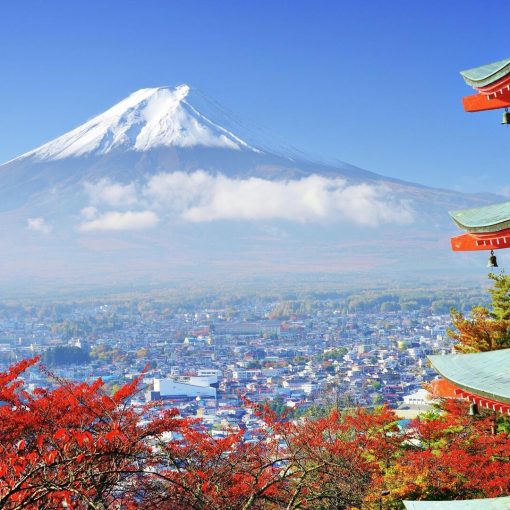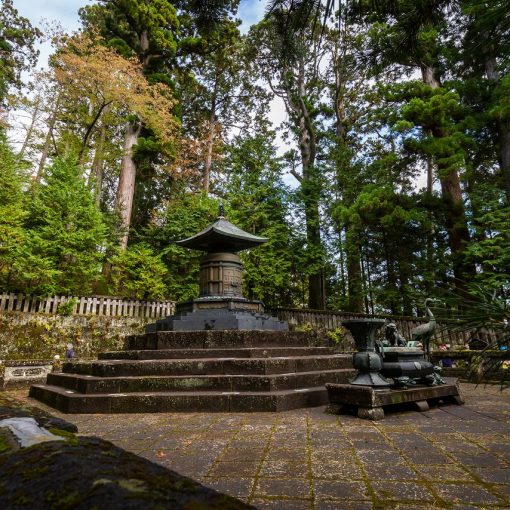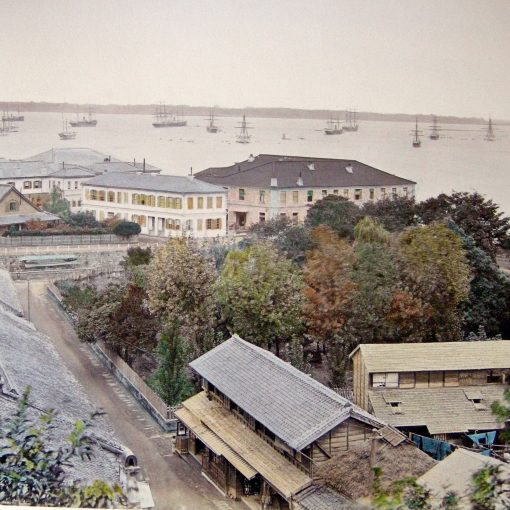located in the central part of the island of Honshu. The area of the prefecture is 6356 sq. km. Population – about 2 million people. The administrative center is Maebashi. It borders Niigata and Fukushima Prefectures to the north, Tochigi Prefecture to the east, Saitama Prefecture to the south, and Nagano Prefecture to the west.
The territory is mostly mountainous, with the exception of the southeast, which includes part of the Kanto Plain. Japan’s second longest river, the Tonegawa, originates in the far north of the prefecture and flows in a southeasterly direction. Most of the cities are concentrated in the southern lowlands. Mountainous areas are characterized by heavy snowfalls. On the southern plains, summer is accompanied by thunderstorms and strong winds.
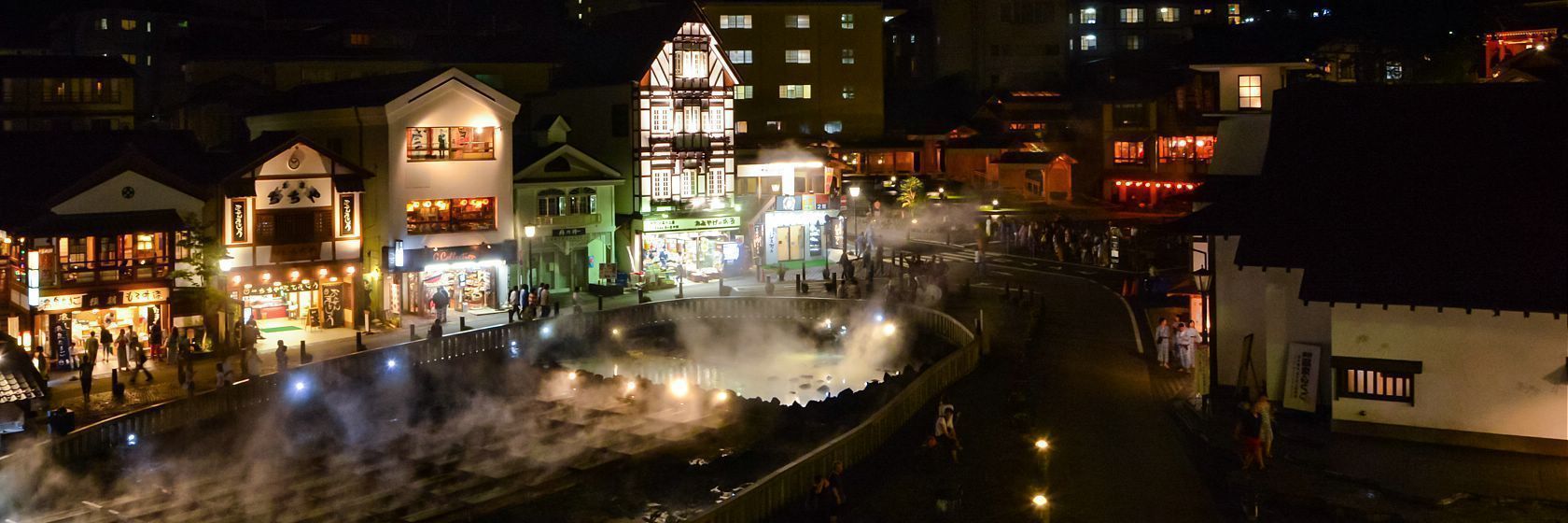
The territory of the prefecture has been inhabited since ancient times, as evidenced by numerous archaeological finds. According to the old scheme of administrative-territorial division, this was the province of Kozuke. In the Middle Ages (XII-XVI centuries) it was divided between various feudal lords. Some areas were controlled directly by the Tokugawa shogunate during the Edo period. Gunma Prefecture acquired its modern borders in 1876 – after the liquidation of principalities and provinces.
Formerly a sericulture center, Gunma began to develop vegetable farming, supplying the Tokyo market. The textile industry still dominates cities such as Kiryu, Isesaki and Tatebayashi.
In recent decades, the cities of Yota, Takasaki, and Shibukawa have become centers of the chemical, electrical, and engineering industries as a result of the northward expansion of Tokyo’s industrial zone.
Although most of Gunma takes on the features of the Tokyo suburbs, the mountainous north, which includes parts of the Nikko and Joshin’etsu Kogen National Natural Parks, continues to be very popular with climbers, skiers, and tourists. Hot spring resorts such as Minakami, Ihako and Kusatsu also attract many visitors.
Mount Akagi
Mount Akagi is the dominant group of peaks in Gunma’s landscape and one of the three Jomo (Gumma’s old name) mountains that are natural symbols of the region. The other two are Mount Haruna and Myogi. Mount Akagi is beautiful at any time of the year – covered with bright green in spring and summer, fiery red and golden leaves in autumn, sparkling snow in winter. The view of Mount Akagi is especially impressive on clear days, against a blue sky. At the foot of the mountain there is a picturesque lake Onuma. Trekking to Mt. Akagi will give you wonderful views, but those who dare to climb to the top are in for a truly stunning panorama of the mountainous area!
Kaneko Seeds Gunma Flower Park
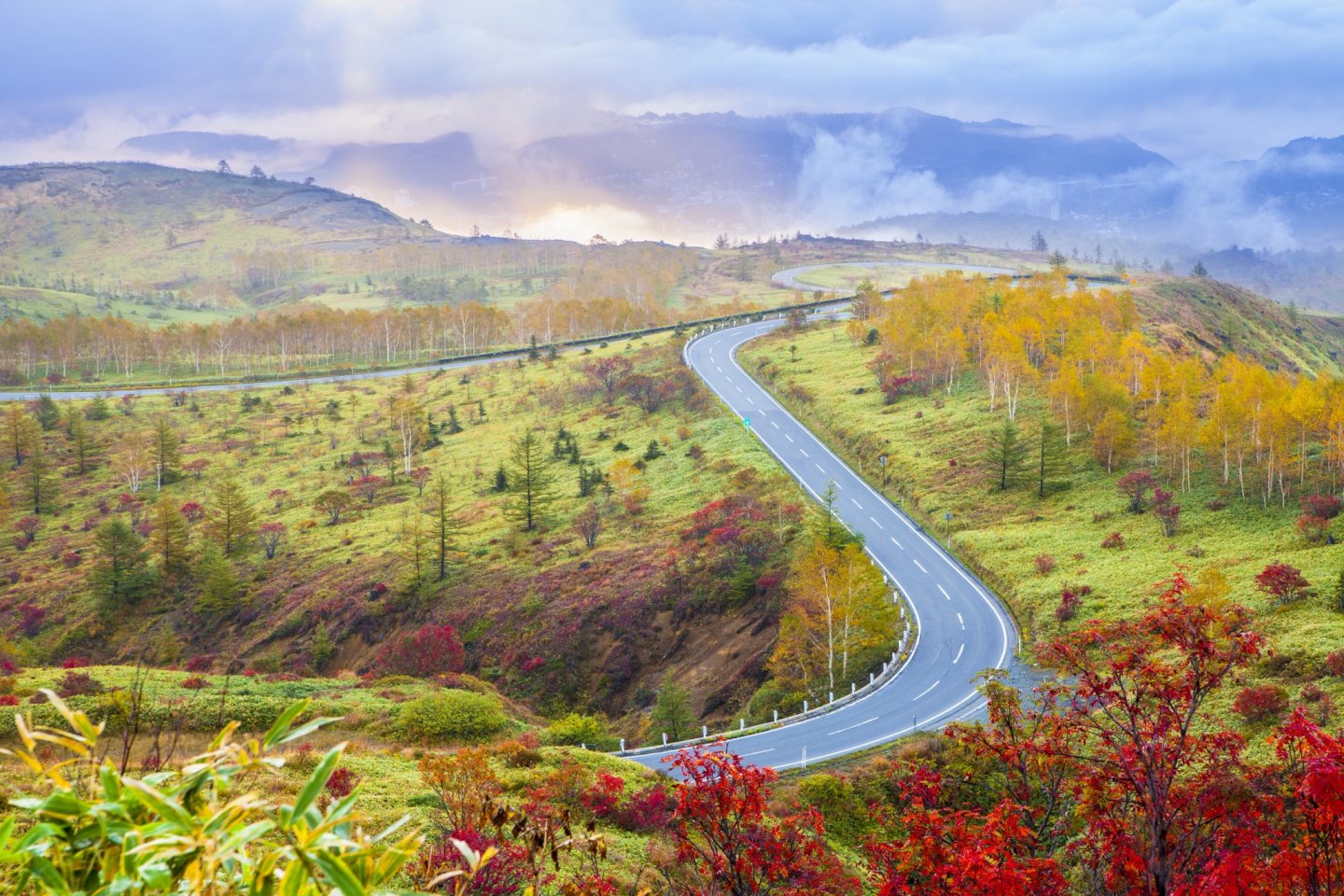
Kaneko Seeds Gunma Flower Park is located south of Mt. Akagi and is known for its magnificent flower displays. The most popular is the spring exhibition, where you can see about 160 thousand tulips! Peak season is mid-April. Multi-colored tulips are planted in lines and patterns, creating a bright floral carpet. In addition to tulips, the Gunma Flower Park is planted with: irises, fuji (hydrangeas) and roses. These flowers grow in the central display, in the gardens in the English and Japanese styles, as well as in the conservatory. In the center of the garden there is a tower, climbing which you can admire the colorful landscapes from a bird’s eye view. From the beginning of November to the beginning of January, the park is illuminated by illumination.
Mountain and Lake Haruna
Haruna is an inactive volcano and one of Gunma Prefecture’s most iconic mountains. Lake Haruna is located at an altitude of 1100 meters above sea level in the caldera (cauldron-shaped valley inside the volcano cone) of Mount Haruna. These picturesque places are very popular for hiking. The summit of Haruna Fuji, which is one of the mountain’s symmetrical projections resembling Mount Fuji, can be reached on foot or by cable car.
In the warm season, on Lake Haruna, you can rent a canoe, a boat with oars or a pedal boat in the shape of a swan. Camping site must be reserved in advance. There is also a bicycle rental near the lake. In early August, a local fireworks festival takes place. Magnificent fireworks glow brightly in the night sky and are reflected in the water of Lake Haruna. During the winter, Lake Haruna is a popular spot for ice fishing and ice skating. Try to catch the local Wakasagi fish! Those who are not interested in fishing can simply taste the local delicacies in the onsen town.

